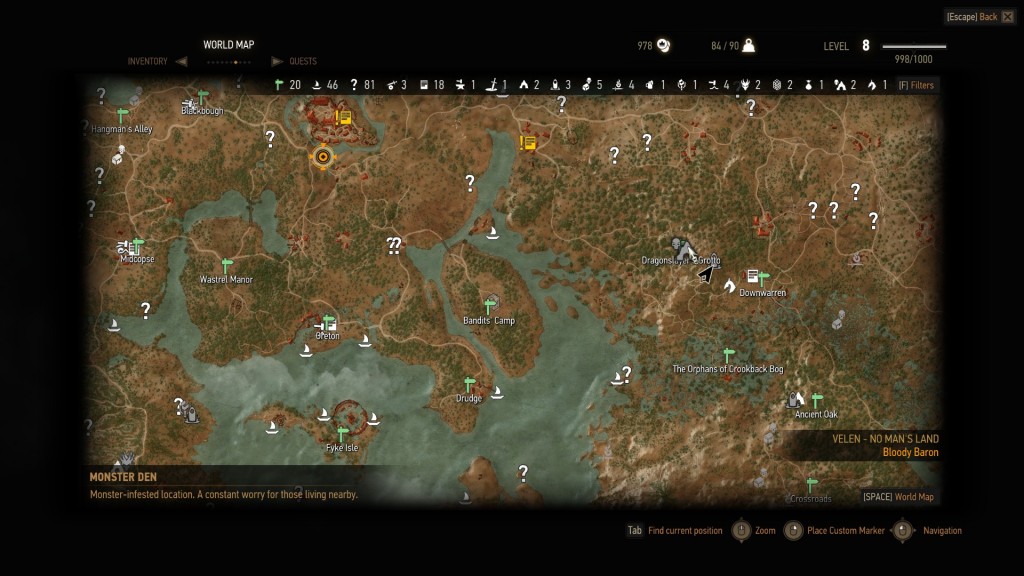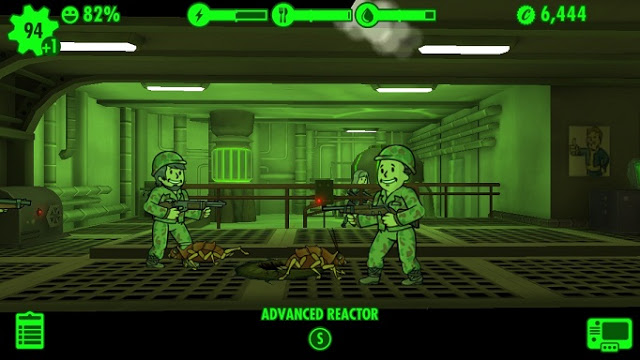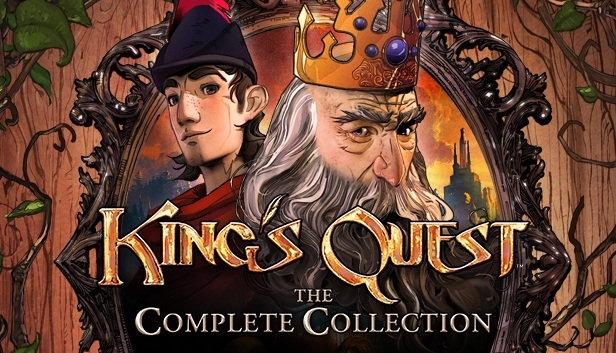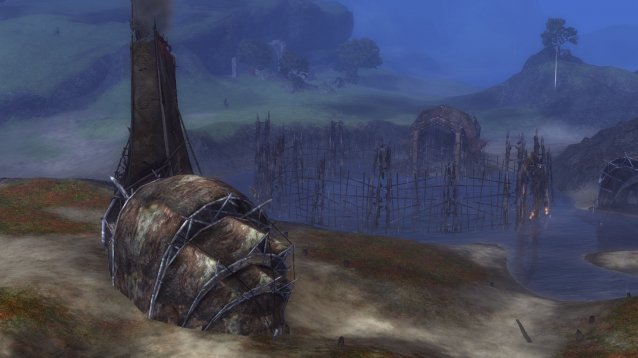

Game Rant’s Anthony Taormina reviews Warp
These days the Xbox Live Arcade has grown to become the perfect breeding ground for smaller titles with a unique gameplay mechanic or core concept to find their audience – one that couldn’t possibly sustain a full retail release. Enter Warp, developed by Trapdoor and published by EA Partners, a title that puts players in control of a deceptively cute little alien with the ability to phase through walls and into objects.
On the surface Warp seems very much like a one trick pony — a series of puzzles that riff on the core idea that the player can project their body a given distance. However, what Trapdoor is able to do with the game’s mechanics to keep things inventive, up until the last minute, is pretty remarkable. Still, with three other games releasing as part of the Xbox Live House Party 2012, Warp has a lot to prove in order to win gamers over.
As is the case with most games of this ilk, Warp is extremely lacking in the story department. You play an alien who, with the help of another amorphous creature, is trying to work his way out of a submerged, non-descript research facility. Getting from point A to point B serves the game’s mechanics extremely well but the story beats, which are mostly reserved for poorly rendered cinematics and awkwardly displayed text narration, lack any sort of interesting draw. It’s best to just accept the alien’s plight and try to get through the maze-like structure without being shot – since one hit means death.
Traversing through that facility, as you might guess, involves warping through walls and sometimes even into moving objects like barrels or turrets. A wide variety of items can be warped through or into, and each has their benefit both in terms of progression and staying alive.
Permeated throughout the entire facility will be a wide variety of obstacles, from those aforementioned turrets to guards with varying degrees of protection. It is up to the player to decide how best to approach any given room, whether to sneak through undetected by warping into objects and then moving forward, or to simply warp into an enemy, and explode them from the inside. As mentioned, deceptively cute.
Gameplay doesn’t stop with warping, however, it only begins there. The alien continues to gain new powers – from being able to project an image of himself further through the world to hurling objects after warping inside them. Each present their own new puzzle options, which Trapdoor explores thoroughly and brings a fresh new perspective to what is a pretty simple puzzler.
Mechanically speaking, though, there is still a lot to be desired – especially since even the warping doesn’t carry as much polish as a game called Warp should. The direction of warps is controlled via the right joystick, but the lack of precision inherent to that implementation will lead to more than its fair share of deaths. In fact, most of the alien’s powers will lead to an unplanned death or two, or sometimes even twenty.
It’s hard to obviously get everything right, but when no part of the game is an outright success it sours what could have been an extremely enjoyable experience. And, to make matters worse, most of the progression patterns, or solutions to the puzzles, aren’t necessarily communicated in the clearest way. Some might argue that these problems intentionally make the gameplay more challenging but that’s certainly a stretch.
There’s opportunity for upgrades via an in-game currency consisting of collectible, and ingestible, creatures called grubs but even with the base abilities the game isn’t that difficult. Still, for every thing that is done right, or seems clever, there is another quality to Warp that could have been examined or fine-tuned a little better. Checkpoints in the game, for example, are placed perfectly throughout the game – but lose their brilliance when a post-checkpoint cutscene keeps showing up during especially hard spots (since it was triggered after the checkpoint not before it).
It’s hard to recommend Warp because of its flaws – but it’s even harder not to recommend the game because of the unique experience it offers. Nothing holds the game back from being playable, or strays too far from the frustration/challenge/reward of most puzzlers (aside from the game’s horrid final boss), but mechanical inconsistencies just can’t be overlooked.
Warp isn’t on the level of say a Super Meat Boy or a Limbo, but it’s also not a one trick pony that gets stale in its middle section – before ramping up for a final push. It’s constantly evolving – which certainly sets the game apart. Warp has a ton of tricks up its sleeve and can be pretty unique. If only it had received a bit more polish.
Does Warp‘s core concept interest you enough to warrant checking out the game? Which of the XBLA House Party games are you looking forward to the most?
Warp is available now on the XBLA and is coming to the PSN and PC on March 13, 2012. Game Rant played the Xbox 360 version for this review.




 Call of Duty: Black Ops Escalation DLC Achievements
Call of Duty: Black Ops Escalation DLC Achievements King's Quest 2015 Chapter 1: A Knight to Remember Cheat Codes
King's Quest 2015 Chapter 1: A Knight to Remember Cheat Codes How To Get Destiny Strange Coins To Buy Xur: Agent of the Nine Exotic Items
How To Get Destiny Strange Coins To Buy Xur: Agent of the Nine Exotic Items MGS V: The Phantom Pain PS4 Controller Layout Guide On Foot, Horse, Vehicles and Walker Gear
MGS V: The Phantom Pain PS4 Controller Layout Guide On Foot, Horse, Vehicles and Walker Gear Guild Wars 2: How to Demonstrate Your Game Worlds Beauty
Guild Wars 2: How to Demonstrate Your Game Worlds Beauty